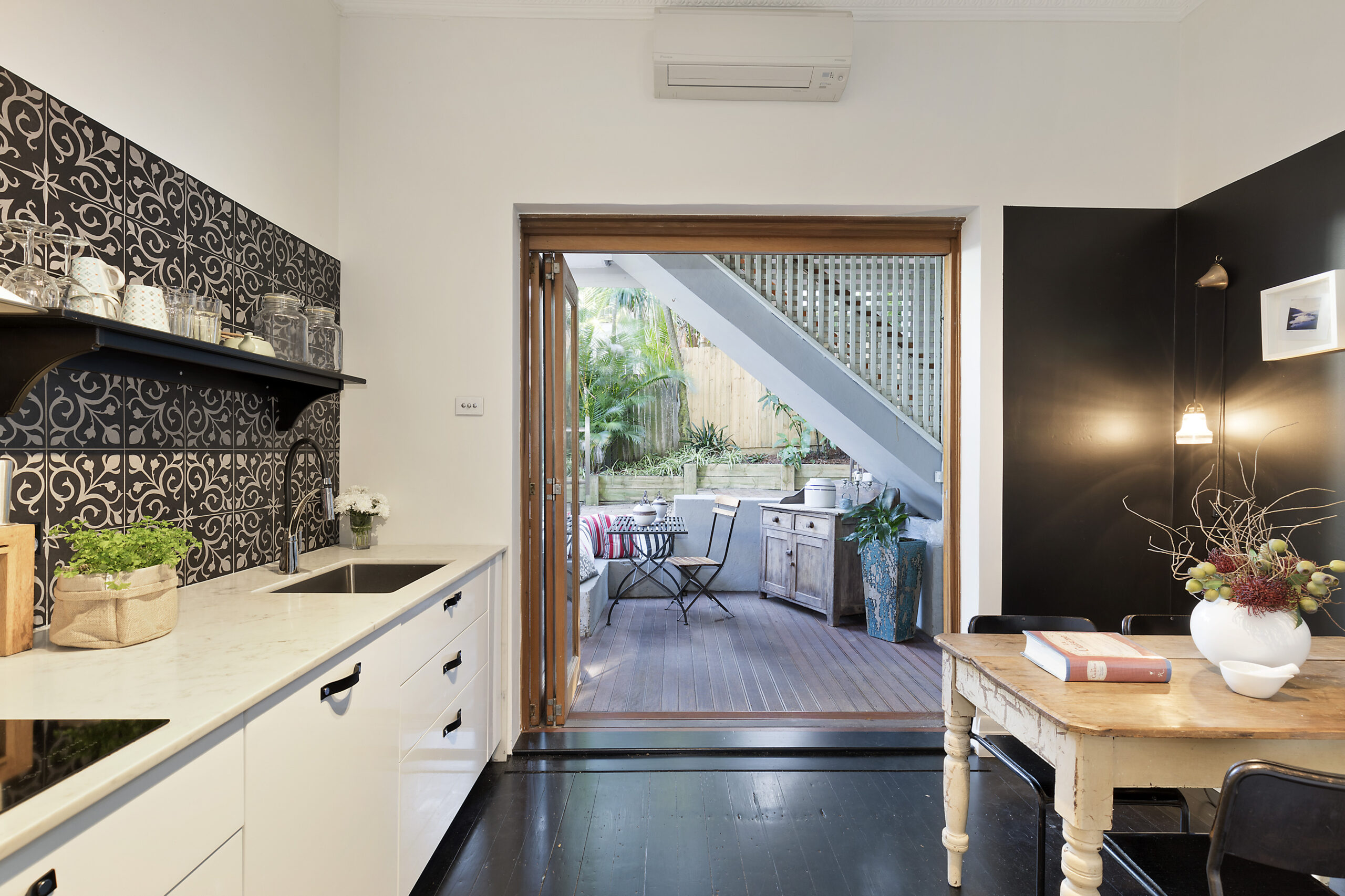There’s no doubt that Sydney’s a beautiful, thriving city. But with constant chatter about poor housing affordability, driven by strong property price growth over the last five years, does investing in Sydney still make sense?
Over the past few years, if you had the funds to buy an entire property it wouldn’t have been hard to make a decent return by buying in the high demand suburbs of Sydney or Melbourne. However, as the current property cycles evolve, it’s never been more important to select properties according to the fundamentals of what makes a good investment. This is the role that the BRICKX property team play. Made up of real estate industry experts and leading economists, their industry experience and expertise helps our investors identify these high quality and medium-to-long term opportunities.
Despite the affordability challenges, Sydney still has many strong, positive fundamental economic factors, underpinning continued growth in Australia’s largest capital city. We explain these in more detail below, and why we believe that the inner-city suburbs of Sydney still provide opportunities for continued long-term growth and income generation.
Why Sydney?
There are four key economic factors supporting the property team’s decision to invest in Sydney:
(1) Sydney’s growing population
With Sydney’s population growing at the rate of 1.9% per year1 and predicted to reach 5.64 million by June 2018, the demand for housing will continue to grow along with it. The property team believe that the desirable Sydney suburbs which have limited potential for significant further housing to be built (as they are already fully developed) provide attractive opportunities for continued growth.

(2) Infrastructure spending
Infrastructure spending per capita has increased for the last four years in New South Wales2.
As part of their State Infrastructure Strategy 2018-2038, the NSW Government is planning and investing in several major infrastructure projects, including the Sydney Light Rail, the Western Sydney Airport, the WestConnex, schooling, hospitals and additional amenities to service expanding demands of the city. Infrastructure investment supports job creation and wage growth, which are both key factors which continue to support a growing housing market.

(3) Healthy economic growth and varied industries
The New South Wales government has been operating at a surplus since 2013 and is forecasted to remain this way for the foreseeable future3. Sydney’s unemployment rate has progressively fallen since 2009, to its current level at 4.5%. This is a positive for future price rises and the economy in general.
There is also strong diversity across industries within the local economy, with the Financial Services sector continuing to be the biggest driver4.

(4) Low vacancy rates:
Sydney’s rental property vacancy rate has been on an overall downward trend, currently sitting around 2%5.
All of these factors contribute to why we believe Sydney has a lot of future potential when it comes to purchasing residential real estate.
Why Darlinghurst?
Our latest addition to the BRICKX platform is 30/14 Royston St, a 1 bedder in the heart of Darlinghurst. Darlinghurst’s a popular suburb adjacent to the Sydney CBD, with a vibrant culture and strong property market.
An area with limited new developments
Nerida Conisbee, who is the Chief Economist at REA Group and a member of our property team, said “Over the past decade, Darlinghurst has outperformed the Sydney average for price growth, driven by its close proximity to the city, great cafes and vibrant nightlife.”
“For Sydney apartments, the key is to pick areas seeing more limited development. Darlinghurst is not an area in which we are seeing much development, and this should support price growth over the next 5 years.”
Tim Lawless, Head of Research at CoreLogic and also a member of our property team, has a similar view. “With solid labour market conditions, low mortgage rates and overseas migration rates continuing to boom across New South Wales, inner fringe apartment markets where new supply is constrained are likely to continue outperforming the broader market,” said Tim.
According to Nerida, “Darlinghurst sees some of the highest rental demand in inner Sydney and has seen far stronger rental growth than the Sydney average as a result. A big driver of this is the strong appeal of Darlinghurst from young people.”
Darlinghurst’s historical growth
Over the last 20 years, Darlinghurst has experienced 7.16% growth per annum, according to CoreLogic data. Remember that past performance doesn’t indicate future performance.

In all, here at BRICKX we believe that there are still great investments to be had in Sydney – if you know where to look. Diversifying your property portfolio, like you can do with BRICKX, can also help decrease your exposure to price movements in certain markets.
BRICKX makes investing in property possible. Find out how and explore our new Darlinghurst property.
_________________________________________________________________________
Footnotes:
1 Page 15, NSW Government. Projects and Initiatives, The NSW State Infrastructure Strategy 2018-2038
2 Page 21, NSW Government. Projects and Initiatives, The NSW State Infrastructure Strategy 2018-2038
3 Page 4, NSW Government. Projects and Initiatives, The NSW State Infrastructure Strategy 2018-2038
4 Page 4, NSW Government. Projects and Initiatives, The NSW State Infrastructure Strategy 2018-2038
5 Page 2, NSW Government. Projects and Initiatives, The NSW State Infrastructure Strategy 2018-2038
References:
- NSW Government. Projects and Initiatives, The NSW State Infrastructure Strategy 2018-2038. https://www.nsw.gov.au/improving-nsw/projects-and-initiatives/nsw-state-infrastructure-strategy/
- Population Australia. Sydney Population 2018. http://www.population.net.au/sydney-population/
- Real Estate Investar. Darlinghurst. http://www.realestateinvestar.com.au/Property/darlinghurst
- RealEstate.com.au. Darlinghurst suburb profile. https://www.realestate.com.au/invest/unit-in-darlinghurst,+nsw+2010
The opinions and beliefs expressed by the authors and forum participants as part of this communication do not necessarily reflect the opinions and beliefs of BrickX, BrickX Financial Services or other entities within the BrickX group.





